Our two Zebra finches, Florence and Darwin were our first finches, and when the Bengalese and Cherry finches were sitting on eggs in January, we also let the Zebras keep their eggs, but sadly they were unsuccessful to hatch any chicks. Since then, the Zebras were moved to the original large cage to allow us to divide up the Bengalese and Cherry finches, once the fledglings had become independent. Recently we have now put a nest at the top of the spiral rope, and one side of the cage is now decked out with new silk leaves. Unsuprisingly, the Zebras are happy enough to attempt to another round of egg laying. However, it seems they are really going for fertile eggs, if you know what we mean! The egg can be seen in the top picture, while the new silk leaves can be seen in the bottom picture. The large leaf shown is quite sturdy, and can easily support the weight of a few finches, though we are yet to see the Zebras try. And while on the theme of Zebra finches, we have also added two new short videos to the Video Centre page, one of Darwin having a bath, then one of Florence also having a bath. |
0 Comments
Yesterday we introduced a video centre to the website, where we plan on uploading short videos (20 to 30 seconds) of our birds. Currently we are having an issue with sound, but are currently working to rectify the issue.
Also, it has only been about a week since we bought the full spectrum UV lighting system for the birds, and it really does make a huge difference, not only to the birds attitudes (they seem happier and more relaxed), but also makes it easier to appreciate them. Plus, its so much easier now to see the plum coloured glow on the heads of the adult Cherry finches, most noticably on Orion, the male Cherry.
The Cherry and Bengalese chicks which hatched January 2012 have now been named. Sadly we are not going to list the names and images in this blog, as we would only be duplicating the updates made to the 'Bengalese' and 'Cherry' pages of this site. As such, please see the bottom of the respective pages for new images and details. Hope you enjoy our choice of names.
With our Bengalese and Cherry juvaniles being 5 to 6 weeks old today, their colours have developed more since they first fledged. This is most noticable in the chocolate self Bengalese finches.
When the Bengalese laid a load of eggs across two nests, we were originally unsure whose eggs were whose as there was one male with three females. However, once the eggs hatched and the chicks had developed their feathers, we were confident which chicks belonged to which females. When we first bought the Bengalese finches, we wanted birds with obvious differences in genetic makeup, and we luckily ended up with the following: Female - Fawn Pied Female - Chocolate Self Female - Chocolate Pied Male - Pure White At first we thought the pure white might have just been a heavily pied fawn, as the bird store (which usually seperates out rarer genetics to charge more) was just selling him at the standard price for a Bengalese finch. However, once he mated with the females, the resulting chicks have made us fairly confident he was a pure white. So far, the resulting genetics for the chicks appear to be: Fawn Pied + Pure White = Fawn Pied, Fawn Washed Pied, Fawn Washed Pied, Pure White This resulting set up does not suggest the male was a pure white, until this happened: Chocolate Self + Pure White = Chocolate Self, Chocolate Self, Chocolate Washed Self, Chocolate Washed Self, Chocolate Washed Self, Chocolate Washed Self What is bizare however is that 3 of these chocolate chicks have a white bib under their beak and white eye brows (in pretty much is the exact same locations), and one has a single white tail feather. Plus, we have never heard of or seen if chocolate washed is even possible, but four of the chicks are clearly too dark to be fawn, but too light to be chocolate, and the colour does not look right for chestnut. At the moment the finches are living in 2 large breeding cages. These are 120cm long, 50cm deep and 50cm high. We chose these cages because they are stackable and give the finches room to fly backwards and forwards. As the cages are not bars all round, there is less worry of the finches getting their legs or nails caught, plus mess only leaves the cages in one direction. 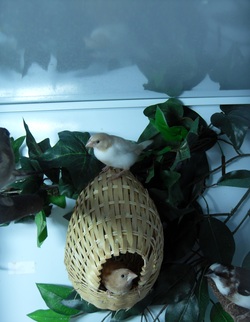 The cages include silk leaves and vines hanging on the back. The silk leaves are more decorative, but the silk vines are good for hanging nests on, plus the Cherries and Bengalese finches enjoy sleeping on them as it gives them cover. The cages came with plastic perches and small feeders, but we opted for seed troughs which were approximately three times longer, and wooden perches of varying widths. We also included pedi perches to help maintain short nails. The bottom of each cage has two slide out trays, which are invaluable for cleaning while minimising finch stress levels.
To encourage breeding the bottom of each cage is laid with dust free hay on newspaper. The cages also have dividers, which allow you to divide each cage into equal halves. Originally we used daylight bulbs in the bird room, but we have recently purchased a UV lighting system designed for reptiles. The lighting gives full spectrum lighting, with UVA and UVB reaching most of the cage with its 30cm effective range. The finches get fed foreign finch seed mix daily, with millet, egg food and veggies as treats. Originally, treats were given every 2 or 3 days, but once the Bengalese finches had chicks, we have been feeding them millet, egg food and veggies daily, in addition to the seed mix. We make the egg food our selves by crushing up hard boiled eggs. Small trays are also included which contain a mix of coal and cuttlefish, which act as a more soluble form of grit. Our finches love bathing, so we give them fresh water in an external finch bath for an hour each day. | |||||||||||
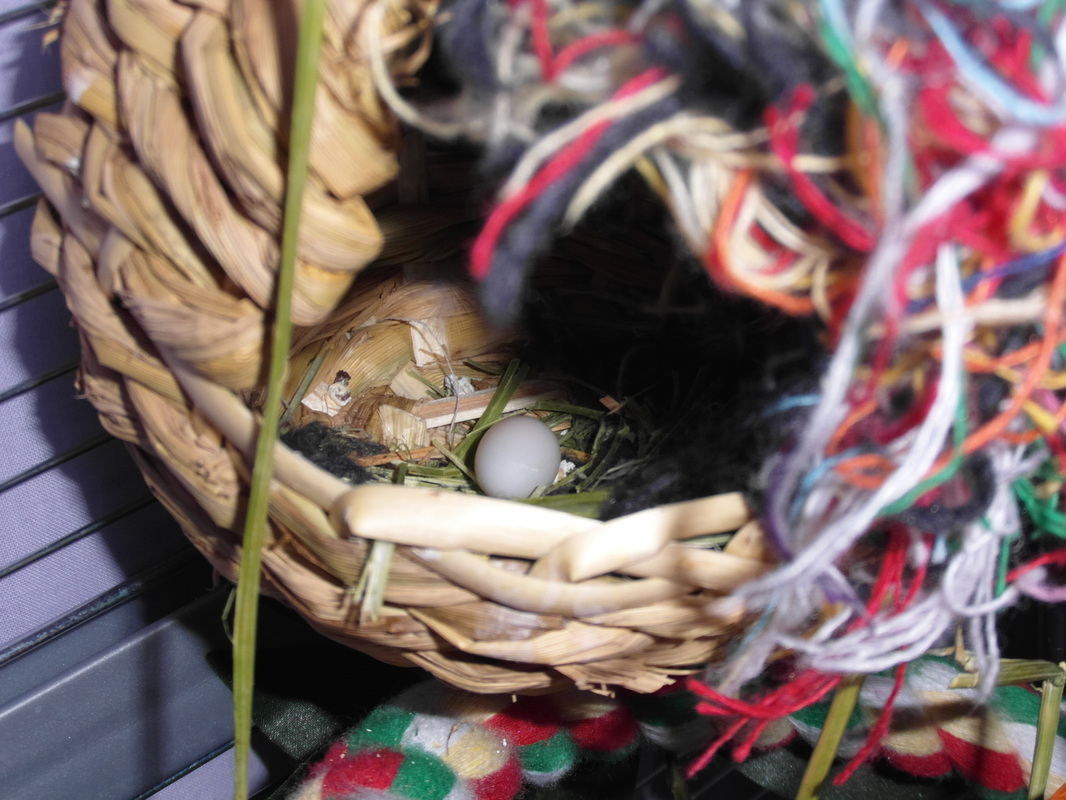
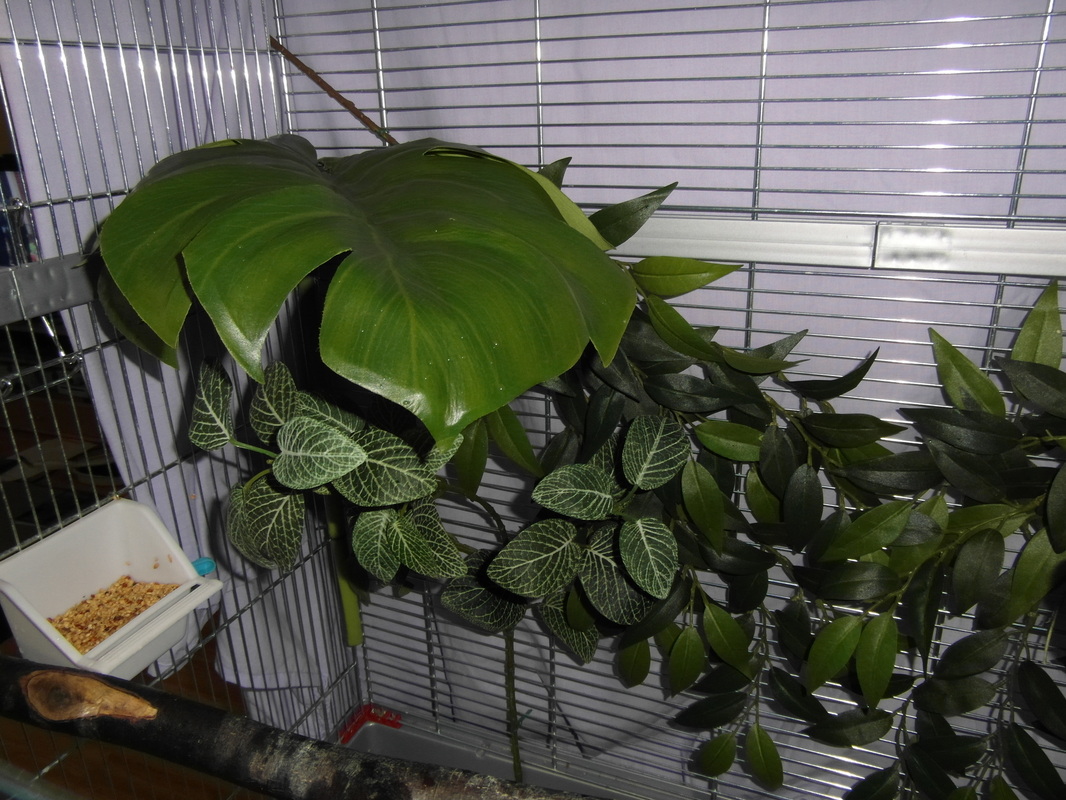
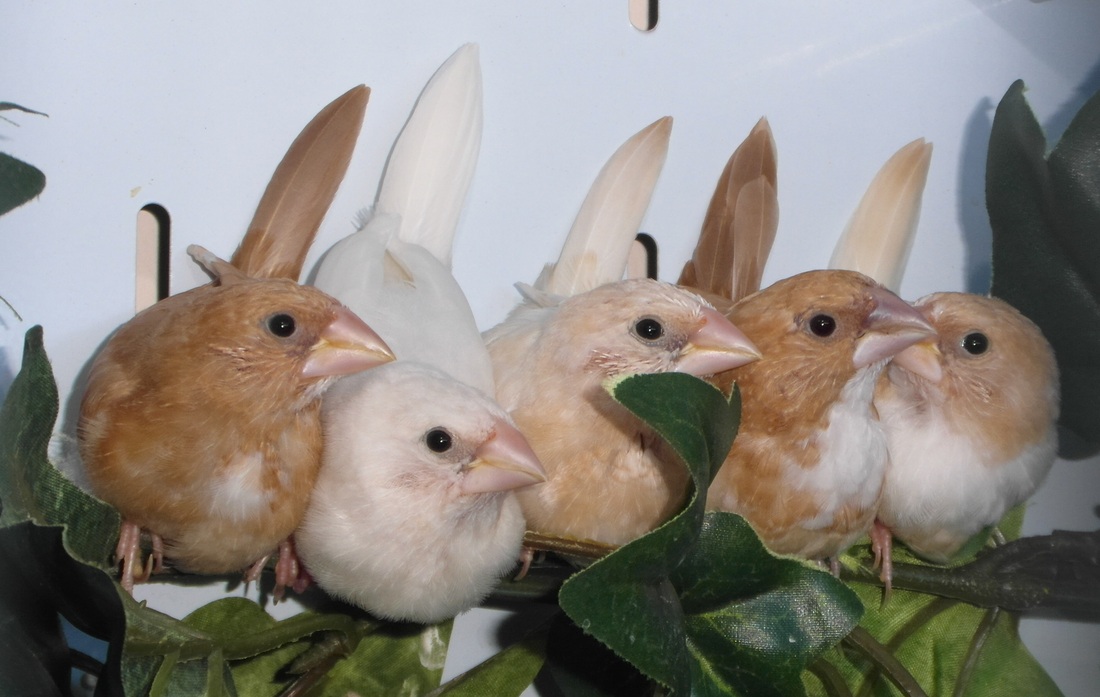
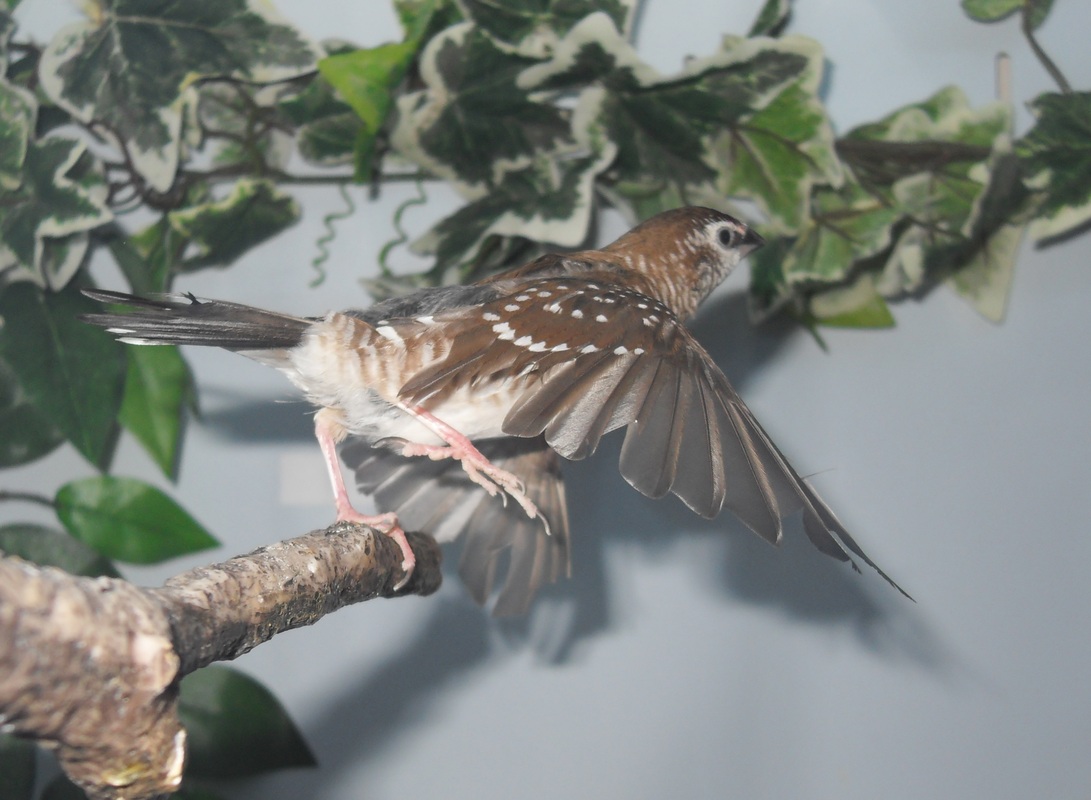
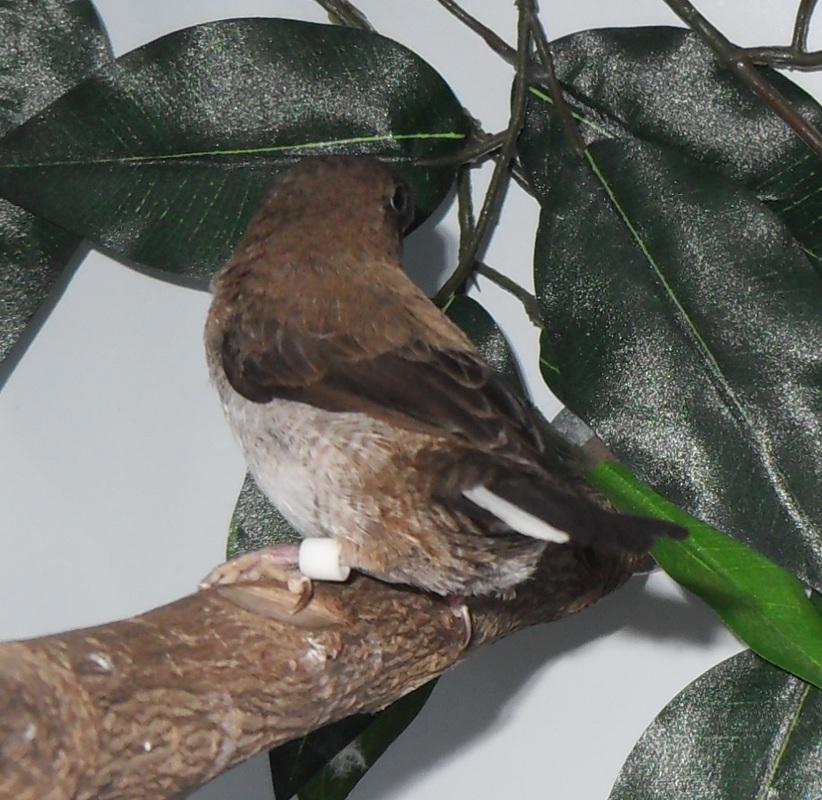
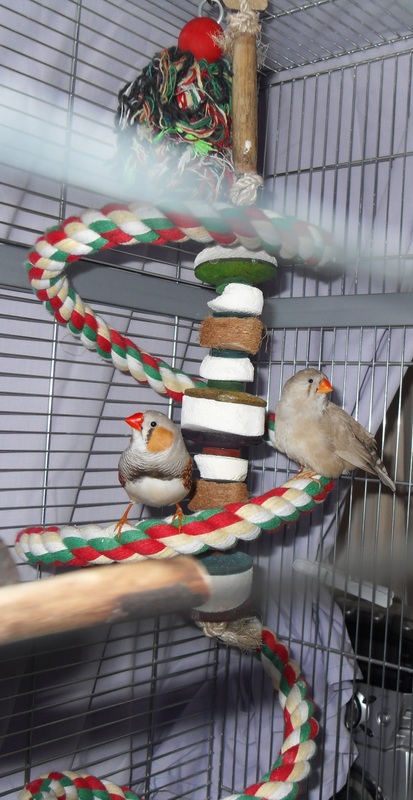
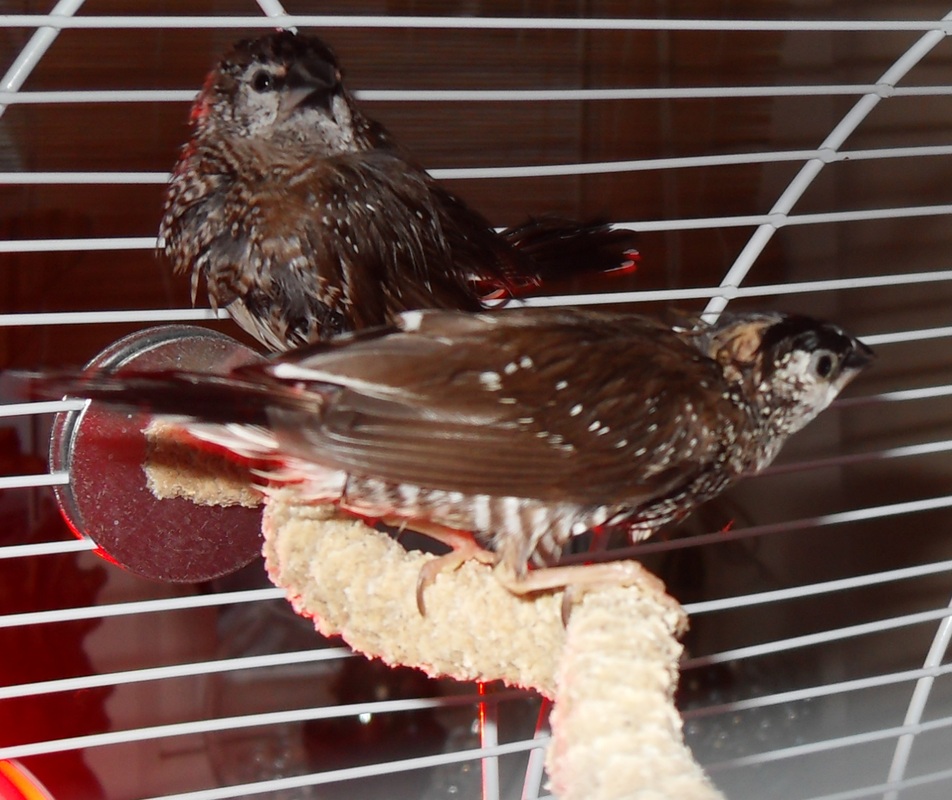
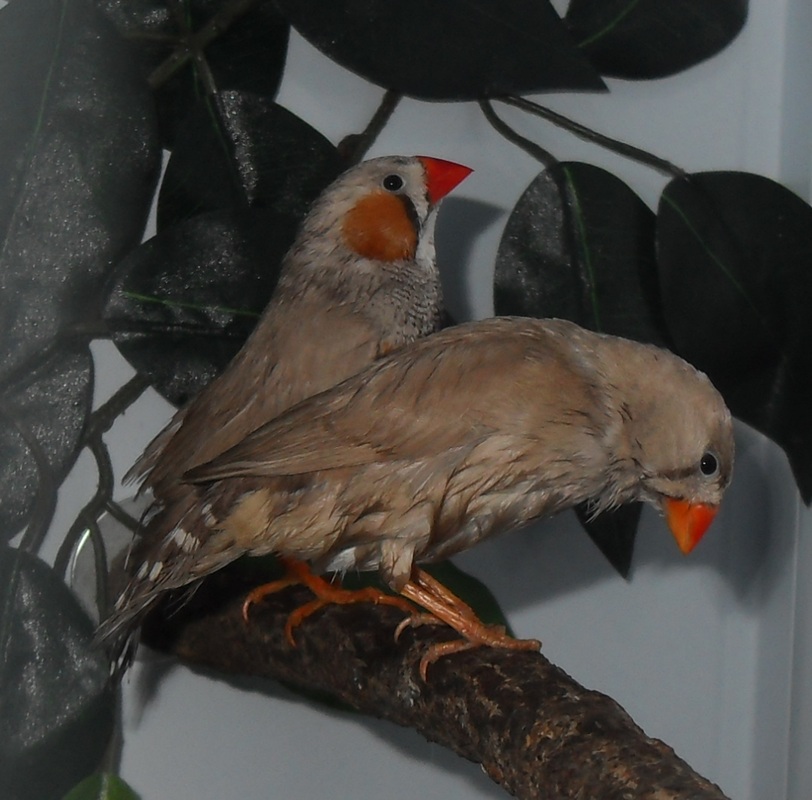
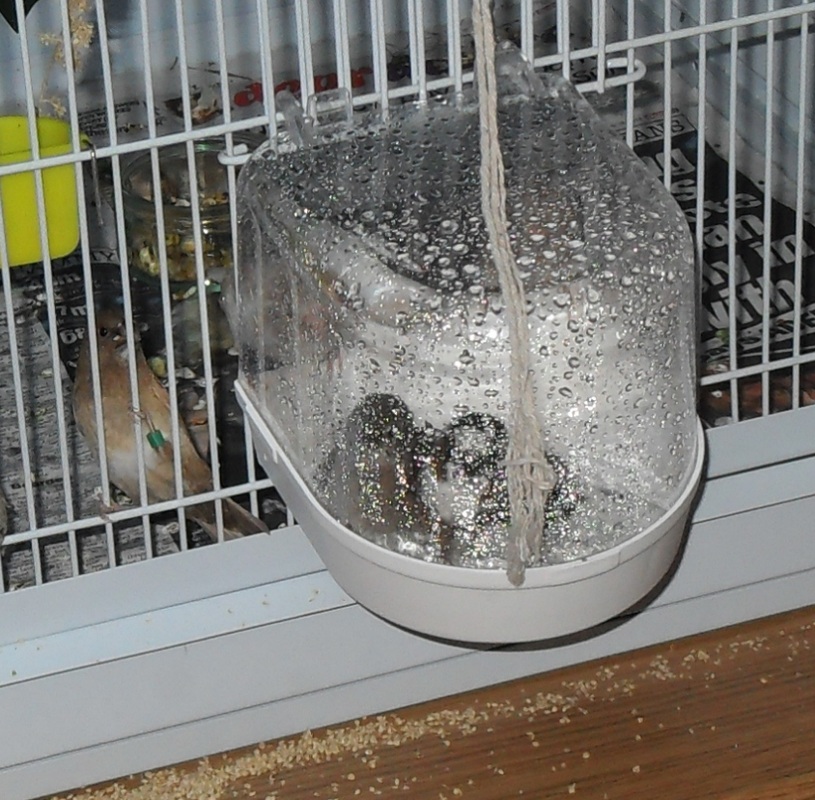
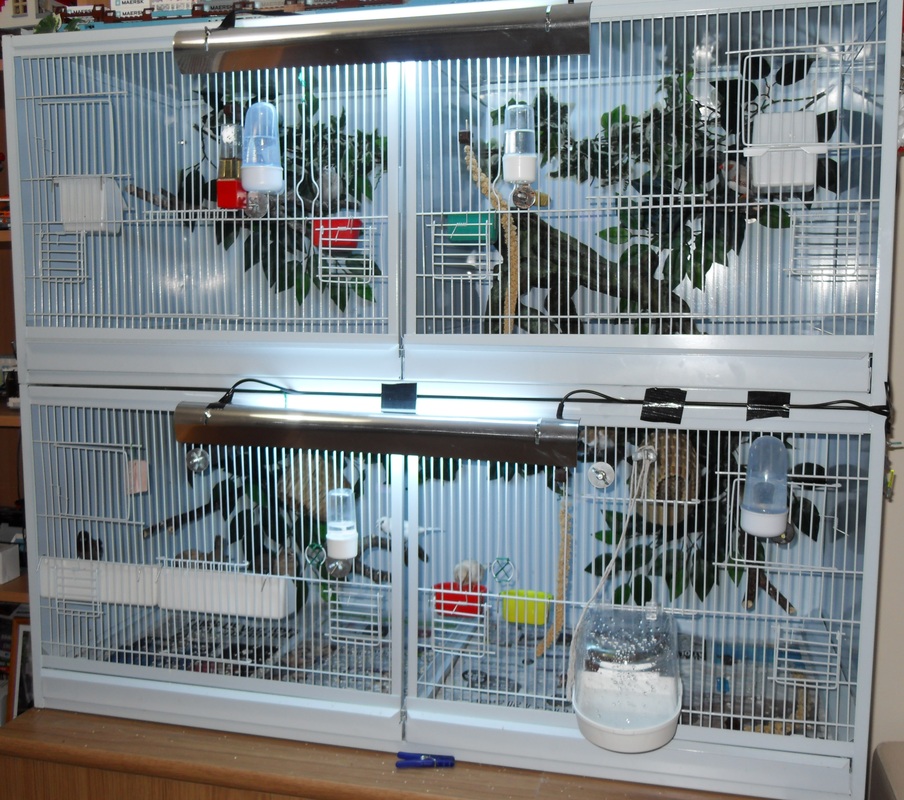
 RSS Feed
RSS Feed